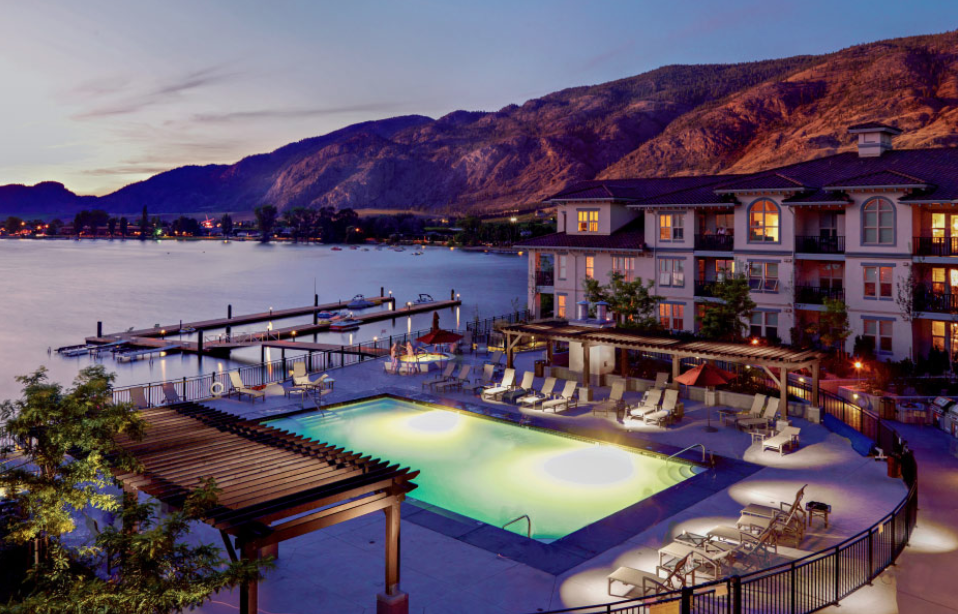
Resources and commentary

How to get clear on your goals when it comes to regulating RGA/STRs
One of the first steps we now recommend for local governments looking to create or refine their RGA/STR programs is a facilitated Council workshop to clarify and prioritize their regulatory goals. Here’s why.

Break STR dependency with the help of TUPs
It’s common for small communities to have both an ongoing housing crisis and a tourism economy dependent to some extent on residential guest accommodation. This is usually because traditional hotels, motels and resorts either don’t exist, are outdated, are too expensive, don’t come with desired amenities, there simply aren’t enough of them, or some combination of all that. This puts communities in a bind, but there might be a way out.

Beware of “same lot STRs” if housing is a top goal
By “same lot STR/RGA” we mean entire-home rentals that are allowed in dwelling units where the operator does not live so long as they (or in some cases just a full-time resident of some kind) is present on the lot during the guest stay. For example, a garden suite STR with the owner living in the main building. If your community has protecting housing as a top goal, we view permissions for this kind of RGA as incompatible due to the potential for significant housing loss.

Look to protect all housing (not just rentals)
One of the most common goals for STR/RGA regulations is the protection of long-term rental housing. But when it comes right down to it, the rental market and ownership market are tied at the hip (especially where secondary market rentals are common, which is basically everywhere). That’s why if you’re looking to protect rental housing, we suggest you aim to just protect housing, period.
